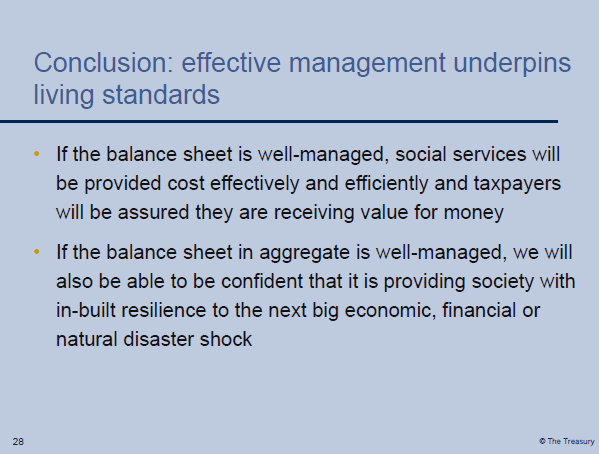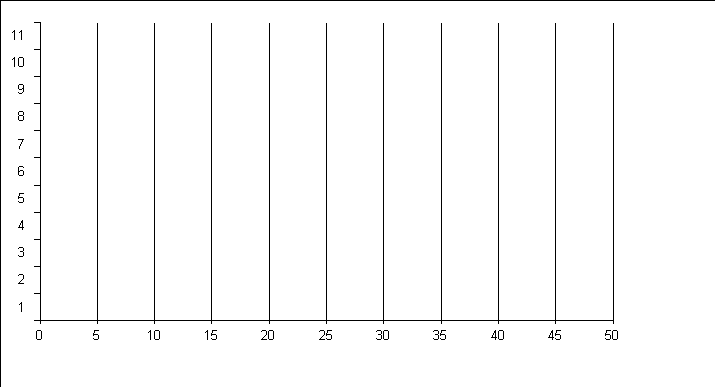Implementing A Portfolio Protection Plan FMD Capital Management
Post on: 31 Март, 2015 No Comment

Written by David Fabian, July 03rd, 2013
One of my core tenants when it comes to managing my own portfolio or those of my clients is that capital preservation is the number one priority. Everyones ultimate end game is to increase the value of their accounts by selecting investment themes that they feel will generate positive returns. However, in order to make sure that you accomplish that objective, you have to implement a risk management philosophy to avoid large losses. You also need to have a strict investment discipline that will get you back into the market when conditions become more favorable or you identify a new opportunity for your portfolio.
Everyone enters into a new investment position with the intent of making money, but fewer consider the implications of protecting yourself on the downside in the even that your thesis is incorrect. With stocks or ETFs the best way to implement a portfolio protection plan is through the use of a stop loss. I typically recommend that investors use a trailing stop loss that will move higher as the price of your holding increases in value. However, it will also lock in a floor that will act as a stop gap against a potential reversal.
Determining the percentage that you are willing to give back on any trade is more of an art form than a science. However, I have developed some guidelines that may help you navigate these waters.
Domestic Stocks: For domestic stock funds such as the SPDR S&P 500 (SPY ) I typically use a stop loss of anywhere between 5-10% from the entry point. Your determination of that sell discipline is most likely going to be based on your comfort level and risk tolerance but you need to make sure that you allow enough room for the ETF to fluctuate without immediately getting stopped out. Investors that are more conservative may want to opt for a fund that will typically have fewer price fluctuations such as the PowerShares S&P 500 Low Volatility Portfolio (SPLV ).
International Stocks. Overseas ETFs such as the Vanguard Emerging Market ETF (VWO ) tend to be more susceptible to large price swings, which is why I would give them more room to run. For an international or emerging market fund I would set my stop loss at 7-12% from your entry point. In addition if you are more risk adverse you can consider the iShares MSCI Emerging Markets Minimum Volatility ETF (EEMV ) as an alternative. Year-to-date VWO is -13.05% while EEMV has only declined 5.35%. Keep in mind that VWO may ultimately have more upside in an environment that strongly favors more growth oriented stocks.

Fixed-Income: Normally fixed-income is a place where risk management has been largely ignored because of its low volatility and trustworthy historical returns. However, the last few months have shattered the illusion that you can let your bonds run on auto pilot. I typically set my stop losses on core bond funds such as the PIMCO Total Return ETF (BOND ) anywhere between 4-7% from the entry point. If you are considering a more conservative fixed-income option you may want to opt for the lower duration Vanguard Short Term Bond ETF (BSV ).
Commodities: As we have seen so far in 2013, precious metals and commodities can often times go through periods of extreme volatility which is why risk management is so important. With a straight precious metals oriented ETF such as the SPDR Gold Shares (GLD ) or iShares Silver Trust (SLV ) I would consider a stop loss of anywhere between 7-12% from your entry point. This will give you enough room to maneuver while still avoiding any potential big damaging losses.
I realize that stop losses arent for everyone and that often times you will get stopped out of a position only to watch it immediately reverse and head higher. That is one downside of using this methodology, but I think that risk is mitigated by the damage that a 25-50% decline can do to your account performance and investing confidence. Both are key to your long-term health and success in achieving your financial goals.
Concerned about the risk within your portfolio? Contact us for a free no obligation risk assessment of every one of your existing holdings. We will work with you to formulate an individualized game plan for your assets.














